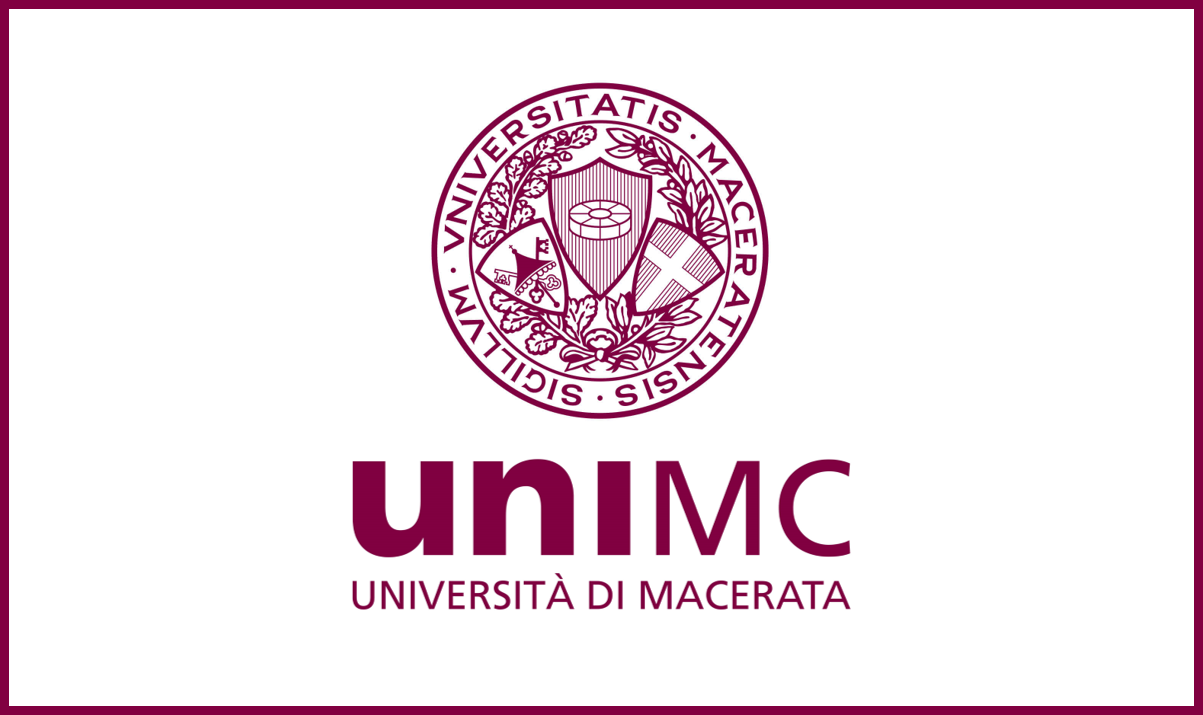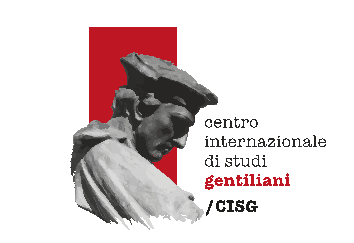


Following the path started in 2019 with the "Fucine della Memoria" Summer School as part of the project called "Forges of memory: history and stories of Central Adriatic Italy between M.Evo and Eta’ Modern”The Municipality of San Ginesio, in collaboration with the International Center for Gentilian Studies, with the G-Lab Association Laboratory of Ideas in collaboration with the Department of Humanities of the University of Macerata intended to promote a second edition of the Summer school (Call for the Marche Region 2020) with the aim of offering a 15 young researchers the opportunity to deepen methodologies and research paths 'in the field' through meetings with specialists who should have illustrated and contextualized a selection of documents kept in the municipal historical archive. The project, which already received favorable feedback last year, he intended to re-propose the formula articulated in seminar sessions, dedicated to the participants, and moments of sharing the results of the analysis of documents to the wider public.
Changes in the project and the need for digitization
In the face of the recent and sadly known pandemic events, however, it was considered necessary to review part of the project, preferring an alternative way that would still allow to pursue the expected scientific results e, at the same time, to allow the usability of the same in conditions of safety for all participants.
It was therefore decided to remodel "Fucine della Memoria" without losing its connotation as a meeting place between the spaces of scientific training for young researchers and the Sanginesina community., guardian of the research objects, finding the best answer in the digital dimension. Faced with the impossibility of organizing seminar sessions, indeed, it has been chosen to carry out 7 short "documentaries" capable of combining this double dimension. The videos make it possible to offer the contents of the seminar meetings in virtual mode to the public of young researchers and at the same time they provide the Sanginesina community with an easy-to-access tool to approach, know and understand the collective historical memory value of the Archive documents. Rely on a professional videomaker, Giovanni Culmone, the videos see the participation of experts from the University of Macerata who show and comment on the documents already selected during the research phase in the Municipal Historical Archive.
It follows that a digitalization campaign for the documentary material has become indispensable, for obvious reasons of expediency and practicality, it could not be limited to single documents, ma, as emerged in the analysis phase, it had to extend to a larger portion of the precious parchment background which contains the documents that are the subject of the video lessons.
The digitization intervention (with metadata) was carried out by the Gallo Pomi Servizi company, specialized in the digital reproduction of historical documents, with the use of specialized and qualified personnel in the digital processing of medieval documentation. The activity took place at the company laboratory in Urbisaglia (MC) with transfer of documentation and insurance "from nail to nail" to protect the aforementioned. The entire digitization process was made possible and thanks to the activity of the historical referent of the Municipality of San Ginesio Dr. Pepe Ragoni Honorary President of the International Center for Gentilian Studies – CISG (as per the note below)
The products of digitization, in compliance with the parameters defined for the protection of archival heritage, will be kept by the exclusive Municipality that owns the property and its use.. Due to further complications due to the ongoing pandemic, such testing has not yet been possible.
Note from the contact person of the Municipality Dr. Pepe Ragoni
For the purpose of completing the project in question of preliminary importance was the relief on the existing parchment fund of the Municipal Historical Archive of San Ginesio.
This activity was carried out in three different challenging phases which started in August, with delivery on 5 October of the first batch of 465 unit at the Gallo Pomi Servizi Service with registered office in Rome, followed by the delivery of the second batch of 402 unit, delivered on 19 of the same month, after verification of the previous return and completed with the previous method from the delivery of the third batch of 505 unit, returned to the office and checked on 18 December 2020. Each delivery was accompanied by cards created ad hoc for each issue, where by the way, dating was highlighted, brief description of the text and actual location of each unit and respects that described in the existing List, referred to below.
Detection led to analyze, understand by understanding the XXII files contained therein, gradually comparing each parchment unit with the List drawn up about forty years ago by the historian, writer and then official of the Archival Superintendency of the Marche, Bandino Giacomo Zenobi.
Excellent work, that operated by Zenobi, but with the limitations represented by the time elapsed since then that could have entailed - as it happened- changes, and in the physical arrangement of the scrolls, and in the total consistency of the assets.
Another limit of the List above, the fact that the Superintendent had probably proceeded taking notes on the spot and then drawing up the List elsewhere, without having the opportunity of a subsequent residence on site that would allow him to modify, maybe in pencil, the references, sometimes you give, other times descriptions, that time and the various manipulations had left on the backs of the parchments.
The discrepancy between the Superintendent's dates and the residual ones on the documents had led to the belief that documents that were present elsewhere and / or with other notations as missing.
In addition to this first difficulty in approach, but there was the other of the arrangement of the material in the capse: the superintendent had listed the property in chronological order, leaving the same arranged in no particular order among the various files, done that for years, in the absence of other documentation of the same other than manual access, had forced the operator to open an exaggerated number of containers to fulfill only one, albeit limited user demand.
To sum up, having decided to "digitize and metadata" the entire heritage, he forced himself to process it all, document by document, in order to make possible the work of the Service appointed for this purpose, recreating in almost all cases, for several dubious reasons, the correct correspondence between the historical observation of Zenobi and the current state of affairs of the units of the Fund.
That the San Ginesio Archive, in this case his parchment Fund, relating to the XIII centuries, XIV, XV, XVI, XVIII, XVIII, deserved a lot of attention and a lot of work is shown in the first place by its consistency, also tested by the Gallo-Pomi Service in n. 1372 archival units, for a total of n. 3.467 pieces (p.e. rolls formed from hips were found 12 scrolls sewn together, and collated documents consisting of 27 parchments of various sizes). Secondly, a visitation as widespread as it is read in the light of the well-known history of San Gimignano, helps to deepen unknown aspects, and stimulates truly fascinating lines of research. Some of these new openings to knowledge have been proven by the lectures held by the university professors, in presence in the first cycle, e online, causes pandemic, in the second cycle.
Discover the videos made in the project!
Photos and videos by Giovanni Culmone








